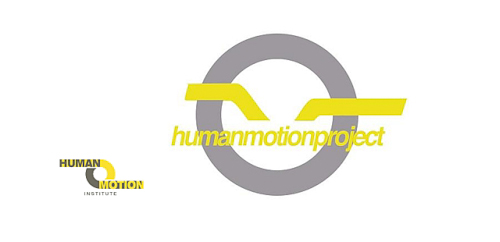We are pleased to announce that the PeerJ “HumanMotion Project” collection is growing and will be the platform to host abstracts, presentations, preprints and papers of the second Winter Symposium of the Human Motion Project jointly organized by the Human Motion Institute, TUM, LMU, and ETH Zürich, on March 6th 2015, in Munich,Germany.

These submissions will be added to those published for the first
Winter Symposium of the Human Motion Project, last year.
We asked Martin
Daumer, co-organizer of the symposium, to write a guest blog post
explaining some of the motivation for this collection.
Dr. Daumer’s guest blog post is below:
“Back
in 2010 the following consensus statement from the preparatory conference “ACCELEROMICS
MEETS GENOMICS – Physical activity and genes for personalized medicine –
results from an international expert panel meeting” was published: “Mobile
accelerometry has great potential for improving human health by contributing to
the diagnosis of gait and balance disorders in daily life and clinical practice,
improving outcome measures in chronic disabling diseases as well as a tool for prescribing
and monitoring exercise therapy. It also provides the potential for greater insight
into associations between physical activity and disease risks eg,
cardiovascular disease either independently or through interaction with genetic
variants. Standardization of sampling methods, data formats and validation
rules for assessing performance are needed, and sharing and publishing raw data
would be advantageous, but entails difficult IP issues. At a later stage
decision-support tools may couple information about lifestyle including
physical activity profiles and risk genes. This will most likely start with prediction
of responders/non-responders to treatment and rare diseases with a strong genetic
background component. Independent assessment of the impact of the technologies
and tools in clinical practice is desirable.”
The vision of the Human Motion Project is to become a successful
analogue of the Human Genome Project: improving human health by an open
collaborative technology platform for the mobile medical monitoring of human
motion. The basis is a growing “critical path toolbox” and a biomedical data
warehouse for collecting, archiving, analyzing, and disseminating human motion
data including a library of algorithms.
In a recent article
in the New York Times, Dr Michael Joyner concludes with a statement that is related
to what such a “successful analogue” could look like: “We
would be better off directing more resources to understanding what it takes to
solve messy problems about how humans behave as individuals and in groups. Ultimately,
we almost certainly have more control over how much we exercise, eat, drink and
smoke than we do over our genomes.”
The 2nd winter symposium of the Human Motion Project focuses on
the opportunities and challenges of using mobile devices to collect information
from patients in the “real world”, not just in artificial clinical
settings or in a gait lab. The symposium brings together physicists,
mathematicians, clinicians, electrical engineers, biostatisticians, kinesiologists,
natural walking/running experts, bioinformaticians, clinical researchers from
academia and pharma and medical device manufacturers to present the current status
of using mobile accelerometry to improve clinical research. The dual aspect of physical
activity as both an outcome measure and treatment option is reflected in the program.
In the keynote “Regulator’s view on the scientific and regulatory
challenges in new mobility outcomes & PROs” the BfArM/EMA will present
their view and will give the various stakeholders the opportunity to develop a common
understanding about what already exists and what needs to be done to establish
a new generation of meaningful and valid outcome measures based on mobile
accelerometry to improve clinical research.”
As more preprints are submitted, or
peer-reviewed PeerJ articles accepted and published, then they will be
automatically added to this growing body of work.
For more information about PeerJ
Collections, or to learn how they can be an ideal publishing solution for
your conference or symposia, check out this blog post.

